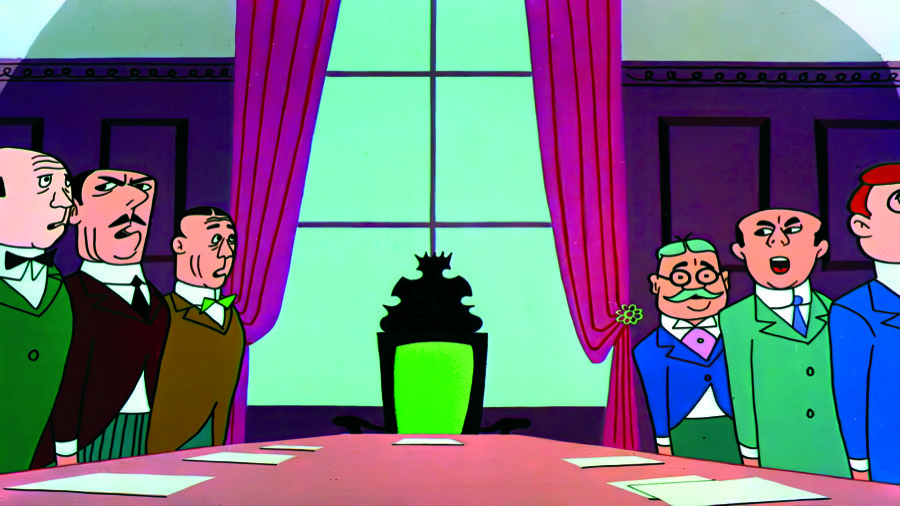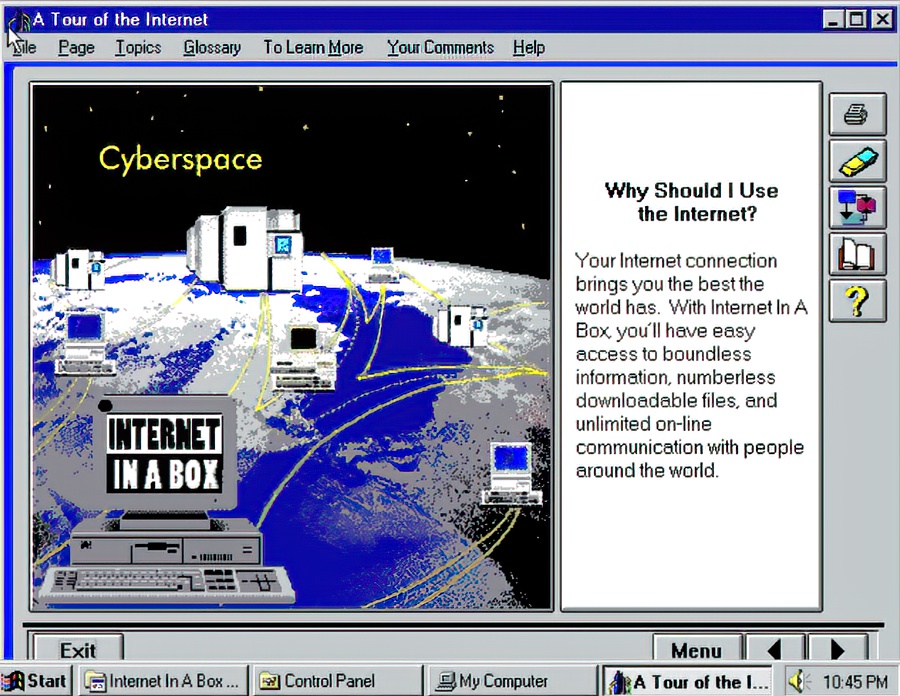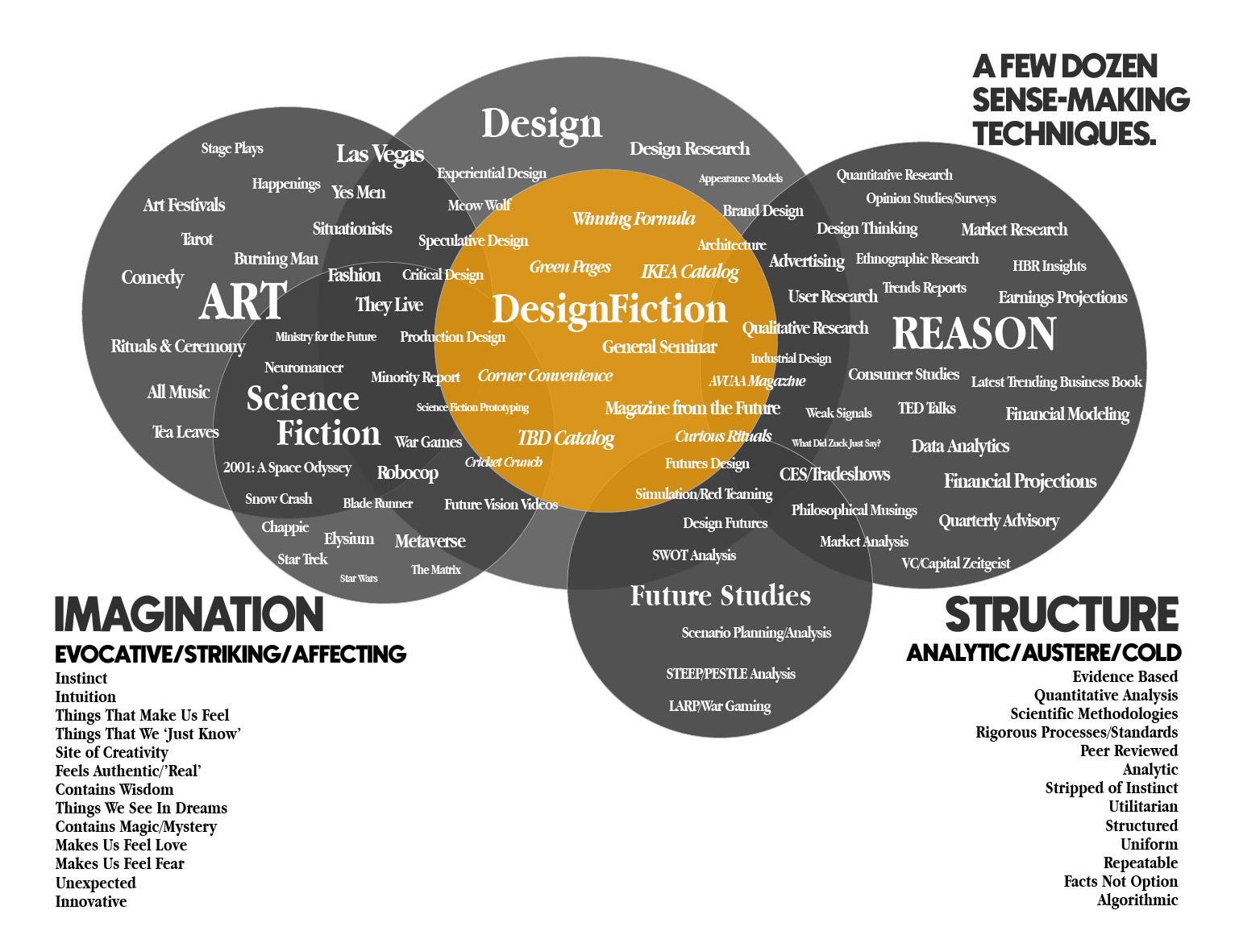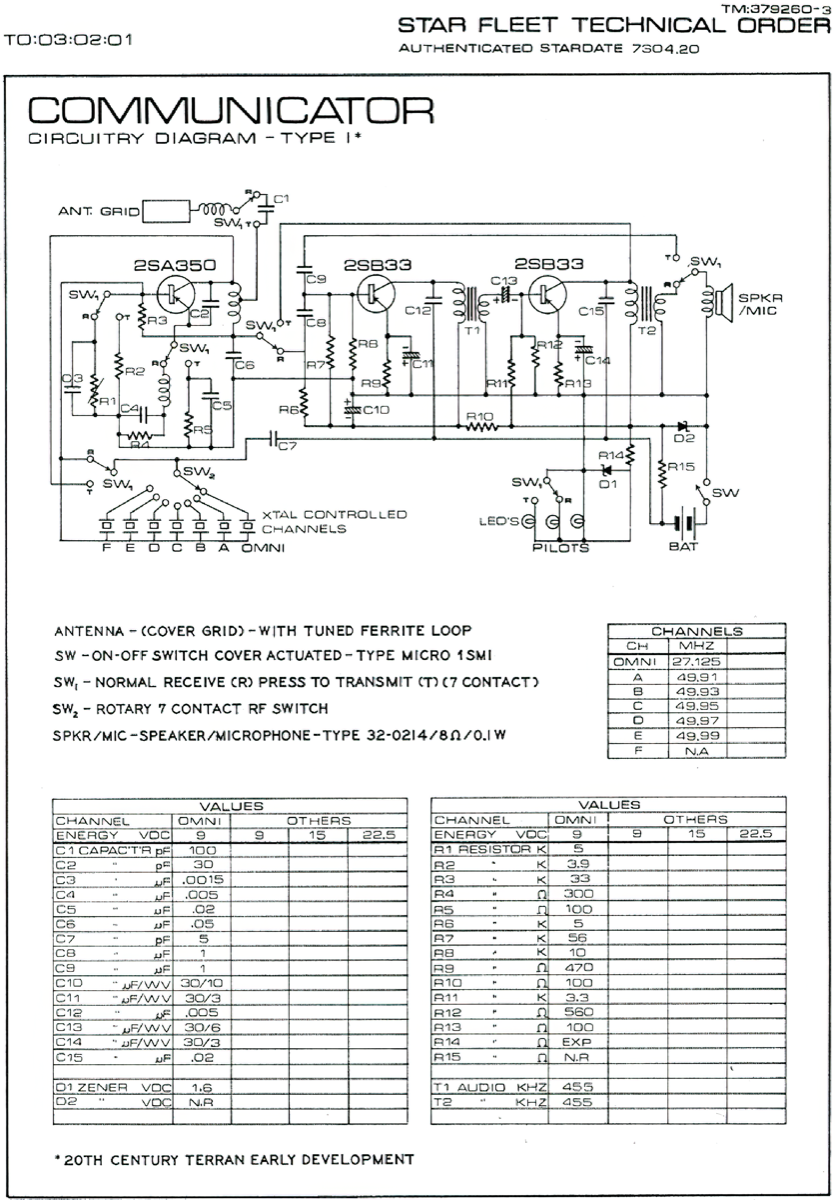
-
The Design Innovators’ Design Dilemma obtains when the creative tendencies of Imagination come into contact, as they must, with Structure. The fundamental predicament of the creative consciousness is the realization that it must come into contact with Structure.
-
Imagination brings dreams into the world.
-
Without Structure, dreams lose their materiality.
-
When Imagination and Structure cooperate, beautiful things obtain from this collaboration of dreams and form: art, music, films, landings on the moon.
-
When Imagination and Structure are in conflict, nothing feels right. Dreams are beaten down by the imposition of too much Structure. Structure dismisses Imagination with remarkably little care.
-
Putting Imagination in a box or in service of or within Structure will knock Imagination out out cold.
-
The high-Intuitive, high-Imagination, high-Instinct consciousness will push against Structure.
-
Conversely Structure will reject Imagination, like an organism sending antibodies out to destroy something unwanted, dangerous, threatening.
-
Structure wants to put Imagination in a Box. Anything weird, or unlike itself it either fears perversely, or it attempts to contain and make it fit within itself, within Structure.
-
Structure likes to contain.
-
When Imagination is shoved in a Box, it becomes contained by Structure. Structure is trying to constrain, retain, fit, change what Imagination could create. It tries to change the very DNA of Imagination.
-
Structure has a unique ability to convince Imagination to accept living in a box usually in exchange for a shit ton of money, which is meant to cover the forfeit of the creative consciousness and Imagination.
-
A symptom of Imagination overwhelmed by Structure is a kind of despair and frustration. A real quote: ‘I haven’t done anything creative in the last 7 years, but my salary is great.’ The creative consciousness comes to a point where it wonders how to deal with too much Structure, and it realizes its become part of the system and is no longer Imagination.
-
(You see this all over the place. Maybe even you do.)
-
A symptom of Structure overwhelmed by Imagination is to shut it down in baffling forms of containment: endless meetings, rules, PowerPoints, procedures, required certifications in Design Thinking, re-orgs, mystical incantations about operational efficiency, intellectual property, design entrepreneurship, idea incubators, ideation, innovation.
-
Another symptom: Structure will also start to dress like it has Imagination (black turtleneck, glasses, rant like Steve because that’s creativity, etc.) and figuratively (“I got a certificate in creative process X last weekend so now I’m good.”)
-
(You see this all over the place.)
-
Alternatively you can try and kill Imagination by promoting it to some kind of role like ‘design management’ or ‘creative vp’, or similar so long as it has some idiom in the title that sounds like it is still Imagination/Intuition/Instinct although really — it’s all meetings, Gantt charts, reporting structures, and Excel as this route is a feint — it’s all really Structure by a different name in a box with ins/outs/arrows all on a nicely structured wall chart that The Information will puzzle over as it tries to anticipate what the heck this Structure is doing.
-
On one side you have your Imagination/Intuition/Instinct sorts of creative consciousness.
-
On another side you have Structure/Strategy/System kinds of consciousness. Locked in a perpetual push and pull.
-
Each looking for the contexts in which they feel they can breathe. Where they can feel like they are Home. Where they feel they are shaping the world according to their Dreams of what it could be.
-
We know when we are Home, and we’re always trying to get there. The place where we feel we are thriving, not just surviving.
-
Anyway.
-
Some things I learned over the last many months’ conversations on these topics:
-
Some Imagination/Instinct/Intuition abhors structure. (“Don’t box me inside of your PowerPoint 4-step proprietary evidence-based design thinking waterfall strategic process org chart Excel Gantt Chart forecasting Zoom calls”..kinda thing)
-
Some Structure/Strategy/Systems goes crazy if there’s too much imagination going on. (“Stop screwing around. Let’s get to work. Product strategy comes from research so could you make it a little smaller to fit in the slide deck you’re late to the Figma training seminar once again we start the brainstorms at 9 sharp so we can pick your brain cause customer data indicates they want more of what research says they want..” kinda thing.)
-
(Parenthetically, I may be making some of this up, but really I’m not. I’ve watched someone who couldn’t contend with Structure sent to their sick bed — literally, could not get out of it no joke couldn’t even raise a head to send an email — when all it saw was Structure surrounding it. Looked like those scenes in the movie when a soldier who thought they’d be fine in battle suddenly sinks into a puddle of black ooze of fear and their own vomit. Start-up Structure is particularly toxic to some as in: outstanding bills, calls with Accountants, Logistics, Sales, Google Analytics, Operations cleaning, taking out the garbage and suddenly the Imagination thought, well — this isn’t fun despite being a Responsibility and, ugh, there’s that ‘R’ word I’m taking my toys and going Home.)
-
Sometimes Structure will try and act like it has Instinct and Imagination. Structure is probably enthralled by what Instinct and Imagination can do and wants to claim it as well.
-
Conversely, sometimes Instinct and Imagination will think it knows how to get shit done. Actually, Instinct and Imagination wouldn’t know how to stop imagining if it weren’t for Structure doing a bit of constructive constraining.
-
Some Structure loves Imagination and plays really well, respecting that it is not Intuition but knows Systems and Strategy and all that. Some Structure will work Productively. Constructively. It’ll politely remind Imagination that this needs to be 9x16 and we are here on the project Gantt chart.
-
Some Imagination appreciates Structure, even as it seems to not be the point. “A necessary bit of evil”, it may think, trying to find a way to get shit done, and Structure gets shit done, and can help Imagination find a place to tell a story, or make a thing, or reveal something that otherwise could find no place to breathe.

-
Lately (like..probably since e-commerce became a thing) it feels like Structure is pounding the heck out of Imagination, forcing Imagination to fall in line and comply and be in service Structure.
-
I think these things come in waves. Like… Imagination finds some little nugget of unanticipated beautifulness and that’s a moment of creative Renaissance where something unanticipated appears that is beautiful and makes us Dream but barely makes sense to Structure. That kind of truly unanticipated and truly unexpected moment can only come from the high-intuitive, highly activate creative consciousness. The things that are at the liminal edge of meaning — something that can only be felt and seen in a kind of curious awe. Things that are not. yet. making. sense.
-
Internet, for example. Remember when Structure tried to put it in a Box?
-
((By the way, ‘Innovation’ is a Structure idiom. It means doing the same thing more efficiently. ‘Efficiency‘ is a Structure idiom. It is the result of the completely expected done less imaginatively for the sake of doing it with less friction, cheaper, lower-cost labor, etc.))
-
((Just a reminder that Friction is not a bad thing. It keeps you from falling flat on your face every time you take a step. Friction makes sure your bicycle rolls forward. Friction makes sure you can actually clamber out of bed in the morning, if you decide to get out of bed in the morning.))
-
There was a time when the expansive imagining, creative consciousness was asked to roam wide and think of new weird things. To help Structure make sense of the weird wide networked web of things.
-
And then somewhere, somehow Structure took over, putting Imagination in its service to monetize at incredible scale the creative consciousness and then finally replicate one little nugget of insight over and over and over again.
-
I’ve noticed over the last like..15 years of doing Design Fiction that there’s a strong emphasis on ‘Structure’ archetypes done with Imagination.
-
Receipt, Service Manual, Quick Start Guide, City Map, Advertisement, Product Catalog, Online Review, etc., etc.
-
These are Structure things, done with Imagination. The two idioms working together. You can do Structure with Imagination if you let that happen.
-
Design Fiction is not the ‘What’.
-
Design Fiction is the ‘How’.
-
It sits between Imagination and Structure.
-
“Design” (‘design is the translation of imagination into legible and material form’) went to work for Structure, and Structure rewarded it handsomely. When was the last time the Imagination got paid so well? No more struggling creative consciousness: just call yourself a Product Designer or Design Researcher and Structure put you right into a particular kind of value circulation network where your are given money in exchange for your ability to Imagine.
-
It was an enviable, promising relationship where everyone was made rich and could pretend to be happy until Structure did a rug pull and turned the Imagination out on the curb.
-
And now Imagination is traumatized, angry, as its sense of entitlement to lavish rewards has been clawed back. (As if Structure ever really cared and this call to accounts wasn’t inevitable.)
-
Forget all of that though. Here is what I want to say:
-
Between Imagination/Intuition/Instinct and Structure/Strategy/Systems is where I imagine Design Fiction. In between where a few can hold structure and imagination in a productive, delicate balance. Where Imagination can play without upsetting Structure, and Structure sees the unexpected beauty of possible worlds.
-
Design Fiction happens here, bringing Imagination towards Structure. Representing the imagination in a form that is legible to Structure and that simultaneously does not compromise Imagination’s desire to wander and create affect (not just mazuma.)

-
Just as Imagination can represent itself in all the forms the creative consciousness has found forever (see the graph above) so too can it represent itself in forms that are obtained, in large measure, from Structure.
-
‘The canvas’ or ‘the stage’ or ‘the score’ becomes a (design fictional) advertisement, or a (design fictional) instruction manual, or (design fictional) packaging, or other forms of representation that have a particular kind of belonging to Structure.
-
This is how I’ve interpreted what’s going on here with the schematic of the Star Trek Communicator that Franz Joseph created for the Star Trek Star Fleet Technical Manual.

-
Whats the point of all this?
-
An incomplete reflection: I see the overarching purpose of Design Fiction as an attempt to balance the relationship between Imagination and Structure. An effort to reveal the relationship so we can make better sense of what happens when Structure invites Imagination “to the table” and then at some point freaks out and dismisses it. We should know by now the pattern. Clay Christensen described the broad outlines. We live it every cycle. Some are living it right now, bewildered at how they could be so easily dismissed.
-
My belief is that Design Fiction brings these two elements into happy collaboration, where I believe real meaningful work can be done, so long as the balance is maintained. Design Fiction brings Imagination to Structure. A kind of translation of Imagination into/through the containers of Structure.
-
My goal is to bring Design Fiction into practice so that we can begin to Imagine Harder and Dream the worlds we would prefer to inhabit.